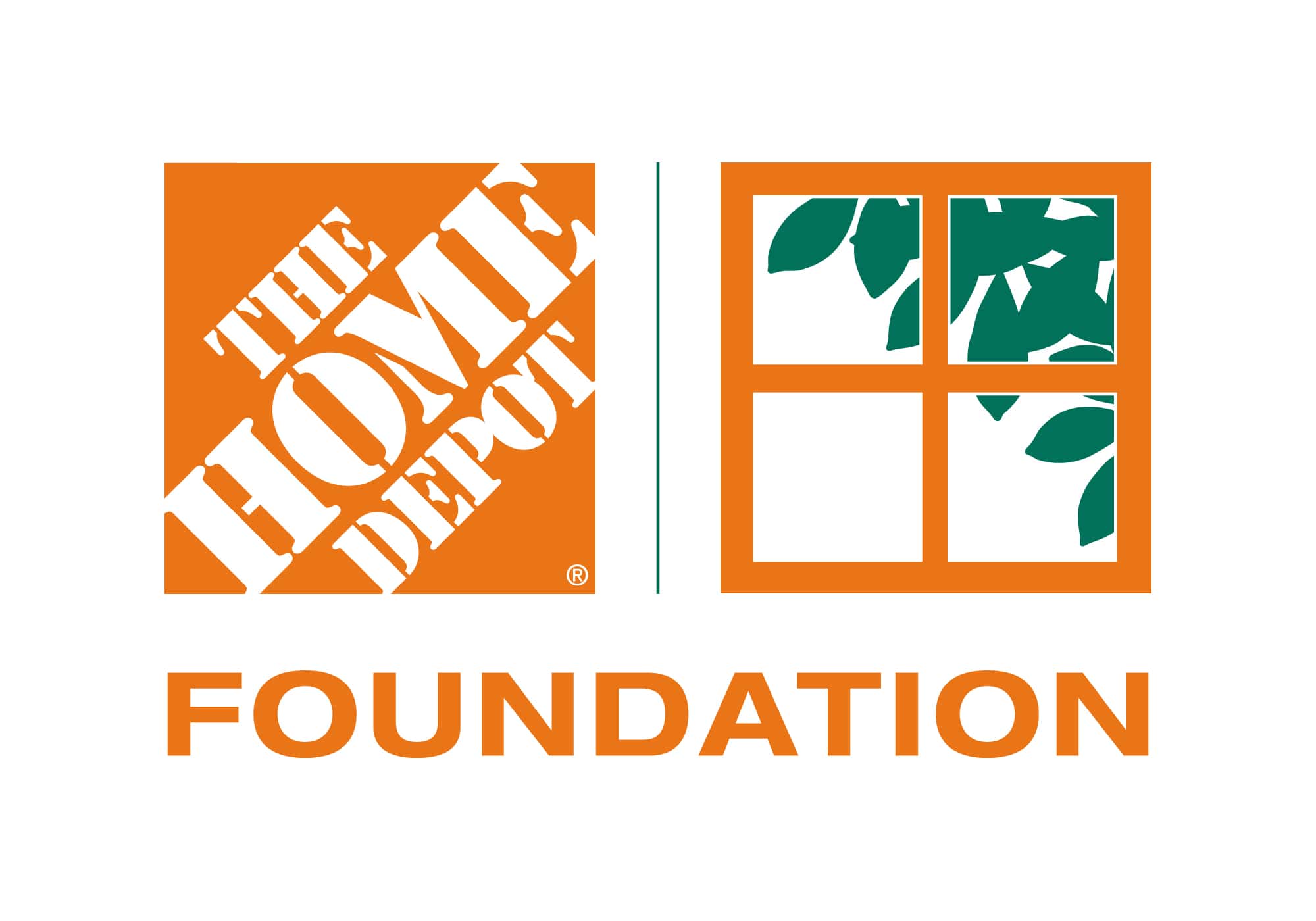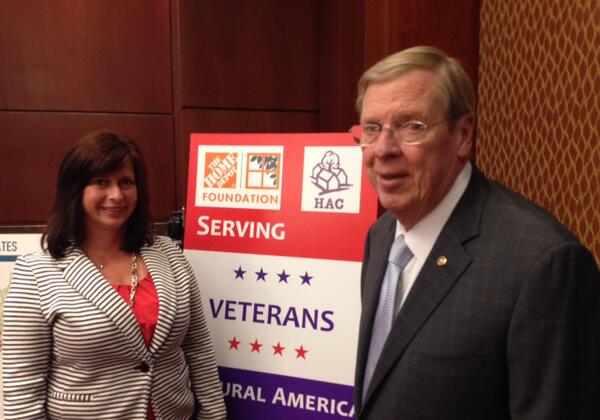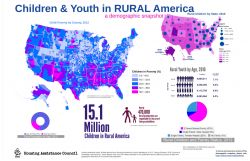HAC News Formats. pdf
April 16, 2014
Vol. 43, No. 8
• House members question USDA officials about minimum rent proposal and support homeownership • April is National Financial Capability Month • USDA to hold phone or web meetings for Section 538 stakeholders • Rule proposed to implement oversight of appraisal management companies • Report makes case for homeless bills of rights • HUD releases interim report on Native American and Alaska Native housing • Entire nonmetro U.S. loses population for the first time, ERS says • State rental assistance programs study published • Health report for counties includes housing conditions for the first time • HAC reports on rural veterans’ housing • Recent blog posts cover decline of USDA housing, minimum rent proposal
April 16, 2014
Vol. 43, No. 8
HOUSE MEMBERS QUESTION USDA OFFICIALS ABOUT MINIMUM RENT PROPOSAL AND SUPPORT HOMEOWNERSHIP. At an Agriculture Appropriations Subcommittee hearing on April 4, Reps. Rosa DeLauro (D-CT) and Robert Aderholt (R-AL), the subcommittee chair, asked about the Administration’s budget’s $50 minimum rent proposal (see HAC News, 3/5/14). Housing Administrator Tony Hernandez emphasized that the request included provisions for hardship exemptions. Rep. Hal Rogers (R-KY), who is chair of the full committee, and several others criticized the budget’s low requests for Section 502 direct loans and the Section 523 self-help program. The archived webcast and written statements and testimony are available online.
APRIL IS NATIONAL FINANCIAL CAPABILITY MONTH. President Obama’s proclamation recommends consumers get free resources on managing money at www.MyMoney.gov and www.ConsumerFinance.govor call 1-888-MyMoney.
USDA TO HOLD PHONE OR WEB MEETINGS FOR SECTION 538 STAKEHOLDERS. Sessions are expected to be held in spring, July, and November. To receive notice of dates and times, register with Monica Cole, RD, 202-720-1251.
RULE PROPOSED TO IMPLEMENT OVERSIGHT OF APPRAISAL MANAGEMENT COMPANIES (AMCS). The federal agencies that oversee private lenders, along with the Consumer Financial Protection Bureau and the Federal Housing Finance Agency, request comments by June 9 on proposed regulationsfor AMCs. These are entities that serve as intermediaries for, and provide certain services to, appraisers and lenders. To be eligible to provide services for federally related transactions, AMCs and appraisers that are lender subsidiaries will have to meet federal and state standards and register in a national database. Contact Robert L. Parson, OCC, 202-649-6423.
REPORT MAKES CASE FOR HOMELESS BILLS OF RIGHTS. On April 15 the National Law Center on Homelessness & Poverty released From Wrongs to Rights: The Case for Homeless Bills of Rights Legislation.It describes the need for homeless bills of rights legislation, examines models of laws enacted and proposed in some states, and offers guidance on how to enact them.
HUD RELEASES INTERIM REPORT ON NATIVE AMERICAN AND ALASKA NATIVE HOUSING. Continuity and Change: Demographic, Socioeconomic, and Housing Conditions of American Indians and Native Alaskans,which uses secondary data sources, is part of the National Assessment of Native American, Alaska Native, and Native Hawaiian Housing Needs. The full report will include original research. The preliminary findings indicate that some socioeconomic differences between the American Indian and Alaska Native population and others have narrowed, but significant gaps persist in poverty, employment, and housing needs. Affordability is the most frequent housing problem for AIAN households, though crowding and physical inadequacy are common in some places. A separate report will cover Native Hawaiians.
ENTIRE NONMETRO U.S. LOSES POPULATION FOR THE FIRST TIME, ERS SAYS. USDA’s Economic Research Service reports that nonmetro areas in some parts of the country have experienced population loss for decades. However, 2010-13 marks the first period with an estimated population loss for nonmetro America as a whole, despite growth in some places. Some new regional patterns of growth and decline have emerged in recent years, such as growth in energy producing areas of the northern Great Plains. A Census Bureau analysisof population changes for the year ending July 1, 2013 notes this trend and others, including data for metropolitan and micropolitan places as well as nonmetro.
STATE RENTAL ASSISTANCE PROGRAMS STUDY PUBLISHED. State Funded Housing Assistance Programs,released by the Technical Assistance Collaborative, catalogs existing programs and identifies their key characteristics.
HEALTH REPORT FOR COUNTIES INCLUDES HOUSING CONDITIONS FOR THE FIRST TIME. The Robert Wood Johnson Foundation has added housing problems (cost burden, crowding, lacking plumbing or lacking kitchen) as a factor in its county health rankings. Other factors include smoking, high school graduation rates, unemployment, and many more.
HAC REPORTS ON RURAL VETERANS’ HOUSING. From Service to Shelter: Housing Veterans in Rural America, funded by the Home Depot Foundation, covers the characteristics of rural veterans and their housing, as well as issues facing them, and summarizes available housing resources. Veteran homelessness has decreased and housing conditions have improved, but rural challenges remain, such as the distance to service providers. HAC and the Home Depot Foundation hosted a symposium on serving rural veterans on April 9; materials are posted online.
RECENT BLOG POSTS COVER DECLINE OF USDA HOUSING, MINIMUM RENT PROPOSAL. “Analysis: Rural Housing Programs in Decline,” written by HAC staff for the Daily Yonder, reviews funding trends and the FY15 Administration budget request. “Obama Plan to Raise Rents on Rural Poor is the Wrong Way to Save Money,” a post on the Center on Budget and Policy Priorities blog, addresses the budget’s request to impose minimum rents on USDA tenants.
 Rural America has a strong history of protecting our country. In fact, as highlighted in a recent report on rural veterans, veterans are more prevalent in rural America, comprising 11.4 percent of the rural population compared to 9.6 percent of the nation overall. However, providing needed services to veterans in rural America can often be more challenging due to the spread out nature of rural areas. These challenges were discussed in depth at a recent symposium held at the US Capitol.
Rural America has a strong history of protecting our country. In fact, as highlighted in a recent report on rural veterans, veterans are more prevalent in rural America, comprising 11.4 percent of the rural population compared to 9.6 percent of the nation overall. However, providing needed services to veterans in rural America can often be more challenging due to the spread out nature of rural areas. These challenges were discussed in depth at a recent symposium held at the US Capitol.





